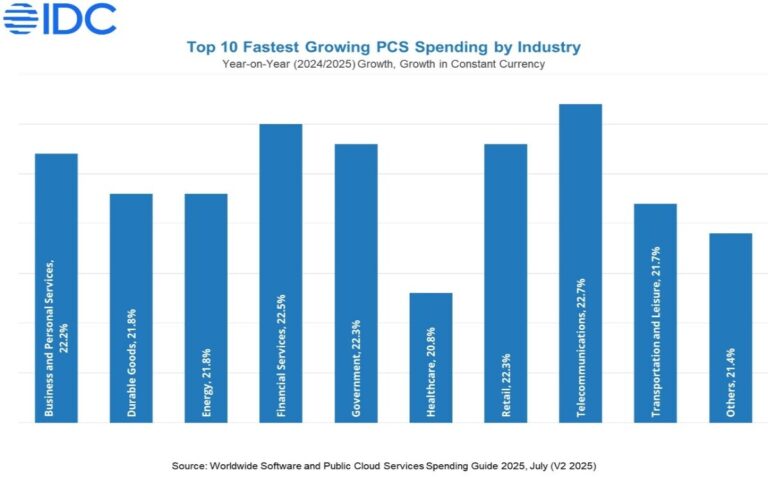Your makeup brushes and sponges can harbor bacteria and fungi, posing potential health risks. These contaminants can come from both the cosmetics themselves and the surface of your skin. To maintain hygiene and prevent microbial growth, here are some important tips.
Germs and fungi can enter your makeup kit in various ways. For example, flushing a toilet with the lid open near your brushes can result in faecal particles landing on them. Additionally, sharing brushes with others or using them on sensitive areas like the eyes can transfer bacteria that cause pimples or even mites called Demodex mites, which are linked to rashes and acne.
Lip cosmetics, in particular, can be contaminated with bacteria like Staphylococcus aureus, E. coli, and Streptococcus pneumoniae, posing a risk of skin and eye infections. Low-quality cosmetics are more likely to have higher microbial growth compared to high-quality ones. Brushes used on sensitive areas are especially prone to infection, leading to conditions like abscesses, skin infections, rashes, and dermatitis.
While commercially available cosmetics contain preservatives to inhibit microbial growth, mixing different products with different preservatives can reduce their effectiveness. Therefore, it’s important to practice good hygiene when it comes to brushes and other applicators.
To keep your brushes clean, never share them with others as it can transfer germs and fungi. If sharing makeup, use disposable applicators or ensure shared brushes are washed and sterilized before use. Clean brushes by washing them with hot soapy water and rinsing thoroughly. The frequency of cleaning depends on your usage, but a weekly routine is generally recommended. If someone else has used your brushes or if you’ve had an eye infection, wash them immediately. Use bactericidal soap, 70% ethanol, or chlorhexidine solutions for washing, but rinse thoroughly with hot water afterward. Heating or steaming brushes may also be effective, but avoid microwaving sponges as it can damage them.
After cleaning, store brushes and sponges in a dry place away from water sources and toilets. If makeup is applied professionally, ensure brushes and applicators are sterilized or changed between clients.
Avoid washing brushes with micellar water as it is expensive and unnecessary. Cheaper detergents or alcohol can achieve the same results when rinsed carefully. Disinfection methods like using bactericidal soap, 70% ethanol, or chlorhexidine are effective in reducing microbial presence on brushes and sponges.


